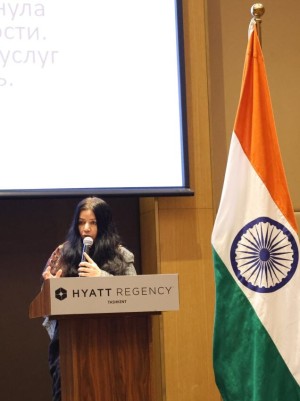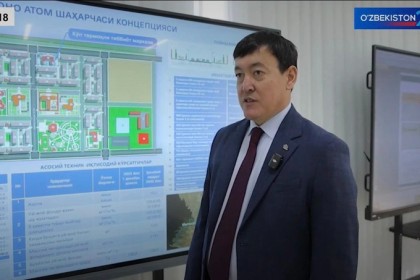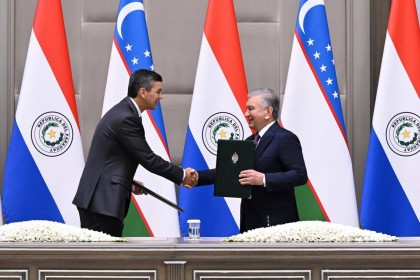Uzbekistan will be one of the last Central Asian countries to join the high-income countries, the World Bank said in a forecast. The World Bank classifies countries into four income groups based on the level of Gross National Product (GNP) per capita: low (up to $1,145), below average (from $1,146 to $4,515), above average (from $4,516 to $14,005) and high (above $14,005 in 2023 prices).
According to the World Bank, Turkmenistan and Kazakhstan will be the first to reach the high level, that is less than 30 years.
Kyrgyzstan, according to the estimates, will be able to reach this level in about 70 years. For Uzbekistan and Tajikistan, it is predicted that this will happen in more than 100 years.
Experts used average growth rates over the past 10 years. This period also includes the pandemic recession, a sharp decline in incomes in Kazakhstan and Kyrgyzstan at the beginning of the period (in 2015-2016), which particularly affected the countries of the region.
According to economist Mirkomil Kholboev, if we take into account the post-COVID per capita income growth rates, then, according to the estimates, Kazakhstan may surpass the $14,000 mark as early as 2026, Turkmenistan in 2034, Tajikistan in 2037, and Uzbekistan in 2042. Even in this case, the country will be the last country in the region to reach this milestone.
It should be noted that the higher economic development rates can significantly shorten this period.
In three years, Kyrgyzstan's per capita GDP has grown by 85% - in terms of growth rates, the country has outpaced the entire Central Asian region, including Uzbekistan (37%). If the dynamics continue, by 2027 the average Kyrgyz citizen may overtake the average Uzbek citizen in income, noted economist Mirkomil Kholboev.
The economy of Uzbekistan grew by 6.5% in 2024 — to 1.45 quadrillion soums (about $115 billion). GDP per capita increased to 39.1 million soums ($3,093). By 2030, Kyrgyzstan plans to increase this figure to $4,500, Uzbekistan — to $5,000.















